-
 Bitcoin
Bitcoin $108,708.8110
0.60% -
 Ethereum
Ethereum $2,561.6057
1.91% -
 Tether USDt
Tether USDt $1.0001
-0.03% -
 XRP
XRP $2.2795
0.57% -
 BNB
BNB $662.2393
1.00% -
 Solana
Solana $153.1346
3.74% -
 USDC
USDC $1.0000
0.00% -
 TRON
TRON $0.2877
0.97% -
 Dogecoin
Dogecoin $0.1710
3.93% -
 Cardano
Cardano $0.5871
1.61% -
 Hyperliquid
Hyperliquid $39.6663
1.68% -
 Sui
Sui $2.9032
0.79% -
 Bitcoin Cash
Bitcoin Cash $496.1879
1.71% -
 Chainlink
Chainlink $13.5807
3.01% -
 UNUS SED LEO
UNUS SED LEO $9.0777
0.61% -
 Stellar
Stellar $0.2514
4.51% -
 Avalanche
Avalanche $18.1761
1.86% -
 Shiba Inu
Shiba Inu $0.0...01173
1.72% -
 Toncoin
Toncoin $2.8010
-4.23% -
 Hedera
Hedera $0.1594
3.21% -
 Litecoin
Litecoin $87.0257
-0.53% -
 Monero
Monero $319.1217
1.79% -
 Polkadot
Polkadot $3.3853
0.68% -
 Dai
Dai $0.9999
-0.01% -
 Ethena USDe
Ethena USDe $1.0003
0.02% -
 Bitget Token
Bitget Token $4.3420
-0.97% -
 Uniswap
Uniswap $7.3772
1.39% -
 Aave
Aave $286.6277
5.61% -
 Pepe
Pepe $0.0...09994
2.33% -
 Pi
Pi $0.4589
1.76%
How are Bitstamp's trading fees calculated?
Bitstamp's trading fees are tiered based on 30-day volume and account balance, with maker and taker fees ranging from 0.50% to 0.01% as volume and balance increase.
Apr 23, 2025 at 10:14 pm
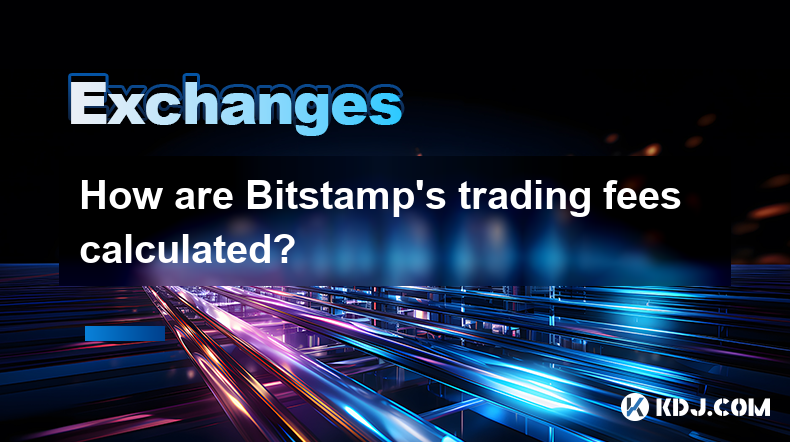
Bitstamp, one of the world's oldest and most reputable cryptocurrency exchanges, offers a transparent and straightforward fee structure for its users. Understanding how Bitstamp's trading fees are calculated is crucial for traders looking to optimize their trading costs. This article will delve into the specifics of Bitstamp's fee structure, including the factors that influence fees, the different types of fees, and how to calculate them.
Types of Trading Fees on Bitstamp
Bitstamp charges fees for various types of transactions, including trading, deposits, and withdrawals. However, the focus here will be on trading fees, which are the costs associated with buying and selling cryptocurrencies on the platform.
There are two main types of trading fees on Bitstamp: maker fees and taker fees.
- Maker fees are charged when you place an order that adds liquidity to the order book. This means your order is not immediately matched with an existing order, and it remains on the order book until it is filled.
- Taker fees are charged when you place an order that removes liquidity from the order book. This occurs when your order is immediately matched with an existing order on the order book.
Fee Structure Based on Trading Volume
Bitstamp's trading fees are tiered based on the user's 30-day trading volume and their Bitstamp account balance. The higher your trading volume and account balance, the lower your trading fees will be. This structure is designed to reward active traders and those who hold significant amounts of cryptocurrency on the platform.
Here is a breakdown of the fee tiers:
- Volume less than $10,000 and balance less than $1,000: Maker fee of 0.50% and taker fee of 0.50%
- Volume between $10,000 and $20,000 or balance between $1,000 and $5,000: Maker fee of 0.25% and taker fee of 0.25%
- Volume between $20,000 and $100,000 or balance between $5,000 and $25,000: Maker fee of 0.20% and taker fee of 0.20%
- Volume between $100,000 and $250,000 or balance between $25,000 and $100,000: Maker fee of 0.15% and taker fee of 0.15%
- Volume between $250,000 and $500,000 or balance between $100,000 and $250,000: Maker fee of 0.10% and taker fee of 0.10%
- Volume between $500,000 and $1,000,000 or balance between $250,000 and $500,000: Maker fee of 0.07% and taker fee of 0.07%
- Volume between $1,000,000 and $2,500,000 or balance between $500,000 and $1,000,000: Maker fee of 0.05% and taker fee of 0.05%
- Volume between $2,500,000 and $5,000,000 or balance between $1,000,000 and $2,500,000: Maker fee of 0.03% and taker fee of 0.03%
- Volume between $5,000,000 and $10,000,000 or balance between $2,500,000 and $5,000,000: Maker fee of 0.02% and taker fee of 0.02%
- Volume over $10,000,000 or balance over $5,000,000: Maker fee of 0.01% and taker fee of 0.01%
Calculating Trading Fees
To calculate the trading fees on Bitstamp, you need to know your 30-day trading volume and your current account balance. Once you have these figures, you can determine which fee tier you fall into and apply the corresponding maker or taker fee to your trades.
Here is a step-by-step process to calculate your trading fees:
- Determine your 30-day trading volume. This is the total value of all trades you have executed on Bitstamp over the past 30 days.
- Check your current account balance. This includes the total value of all cryptocurrencies and fiat currencies held in your Bitstamp account.
- Identify your fee tier based on your trading volume and account balance using the table provided above.
- Calculate the fee for each trade. Multiply the value of your trade by the maker or taker fee percentage applicable to your fee tier.
Example of Fee Calculation
Let's consider an example to illustrate how trading fees are calculated on Bitstamp. Suppose you have a 30-day trading volume of $50,000 and an account balance of $10,000. According to the fee structure, you fall into the tier with a maker fee of 0.20% and a taker fee of 0.20%.
If you place a maker order to buy $1,000 worth of Bitcoin:
- Maker fee calculation: $1,000 0.20% = $2
- Total cost of the trade: $1,000 + $2 = $1,002
If you place a taker order to sell $1,000 worth of Bitcoin:
- Taker fee calculation: $1,000 0.20% = $2
- Total revenue from the trade: $1,000 - $2 = $998
Additional Fee Considerations
While the maker and taker fees are the primary costs associated with trading on Bitstamp, there are other fees that traders should be aware of:
- Deposit and withdrawal fees: Bitstamp charges fees for depositing and withdrawing certain cryptocurrencies and fiat currencies. These fees vary depending on the method and currency.
- Network fees: When withdrawing cryptocurrencies, you may also be subject to network fees, which are paid to the blockchain network to process the transaction.
Strategies to Minimize Trading Fees
Traders can employ several strategies to minimize their trading fees on Bitstamp:
- Increase trading volume: By increasing your trading volume, you can move up the fee tiers and benefit from lower fees.
- Hold a higher account balance: A higher account balance can also help you qualify for lower fee tiers.
- Use maker orders: Whenever possible, use maker orders instead of taker orders, as maker fees are typically lower.
- Consider trading during off-peak hours: Trading during less busy times may increase the likelihood of your order being filled as a maker order, thus reducing fees.
Frequently Asked Questions
Q: Can I reduce my trading fees by using Bitstamp's mobile app?
A: Using Bitstamp's mobile app does not directly reduce trading fees. However, the app provides the same access to trading features and account management as the desktop version, allowing you to monitor your trading volume and account balance, which can help you move to lower fee tiers.
Q: Are there any special promotions or discounts available for Bitstamp trading fees?
A: Bitstamp occasionally offers promotions or discounts on trading fees. These can include temporary reductions in fees for certain trading pairs or volume-based rebates. It's advisable to check Bitstamp's official announcements and promotions page for any current offers.
Q: How often does Bitstamp update the fee tiers based on trading volume and account balance?
A: Bitstamp updates the fee tiers based on trading volume and account balance on a daily basis. This means that your fees can change from day to day depending on your trading activity and account balance.
Q: Does Bitstamp offer any fee-free trading options?
A: Bitstamp does not currently offer any fee-free trading options. However, by increasing your trading volume and account balance, you can significantly reduce your trading fees to as low as 0.01% for both maker and taker orders.
Disclaimer:info@kdj.com
The information provided is not trading advice. kdj.com does not assume any responsibility for any investments made based on the information provided in this article. Cryptocurrencies are highly volatile and it is highly recommended that you invest with caution after thorough research!
If you believe that the content used on this website infringes your copyright, please contact us immediately (info@kdj.com) and we will delete it promptly.
- Ripple, XRP, and AI Tokens: Is Ruvi AI the Next Big Thing?
- 2025-07-08 05:30:12
- Crypto Investment: BlockDAG, Litecoin, and the Solana Meme Coin Mania
- 2025-07-08 06:10:12
- Altcoins in Focus: BlockDAG, Litecoin, and the Shifting Crypto Landscape
- 2025-07-08 05:35:12
- BNB's Bullish Breakout: Riding the $600 Support Level Wave
- 2025-07-08 04:55:13
- Solana ETF on Hold: SEC Delay and Crypto Regulation Scrutiny
- 2025-07-08 06:10:12
- Altcoin, Date, Price: Navigating the Crypto Bill & Meme Coin Mania
- 2025-07-08 06:15:12
Related knowledge
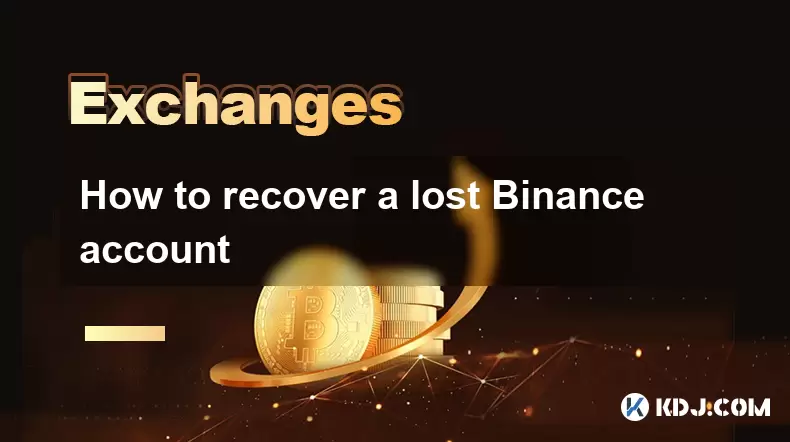
How to recover a lost Binance account
Jul 07,2025 at 09:07pm
What Happens When a Binance Account Is Lost?Losing access to your Binance account can be a distressing experience, especially if you hold significant digital assets. This typically occurs due to forgotten login credentials, loss of two-factor authentication (2FA) devices, or compromised accounts. Understanding the exact reason behind losing access is cr...
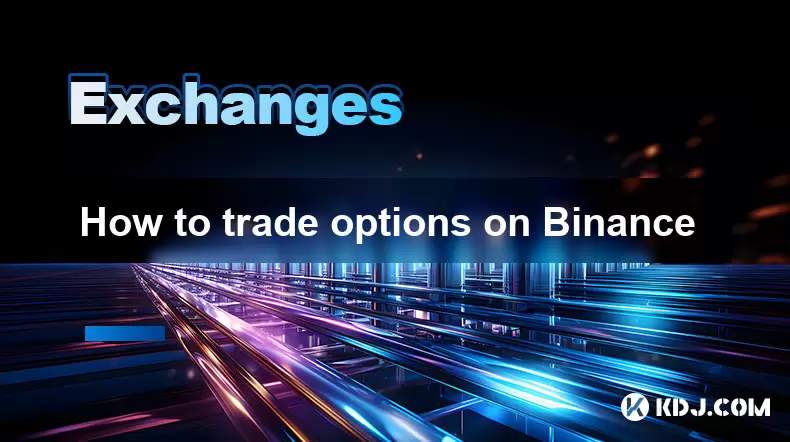
How to trade options on Binance
Jul 08,2025 at 04:35am
Understanding Options Trading on BinanceOptions trading allows investors to speculate on the future price of an asset without owning it. On Binance, users can trade crypto options, which are derivative contracts that give traders the right—but not the obligation—to buy or sell a cryptocurrency at a predetermined price before a specific date. This form o...

How to read Binance charts
Jul 07,2025 at 08:14pm
Understanding the Basics of Binance ChartsReading Binance charts effectively is essential for making informed trading decisions in the cryptocurrency market. Before diving into technical indicators and candlestick patterns, it's important to understand the basic layout of a chart on the Binance platform. The default chart interface displays price moveme...
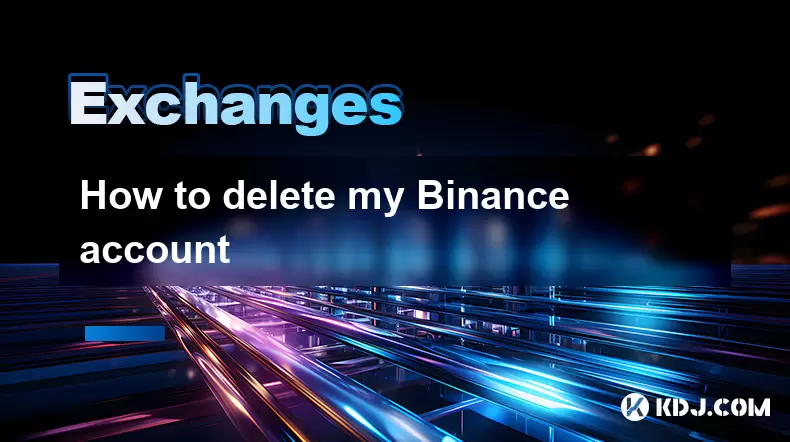
How to delete my Binance account
Jul 08,2025 at 06:35am
How to Delete My Binance AccountIf you're considering deleting your Binance account, it's important to understand the process thoroughly. Binance is one of the largest cryptocurrency exchanges globally, and permanently closing your account involves several steps. This guide will walk you through each necessary action to ensure a smooth deletion. Prepari...
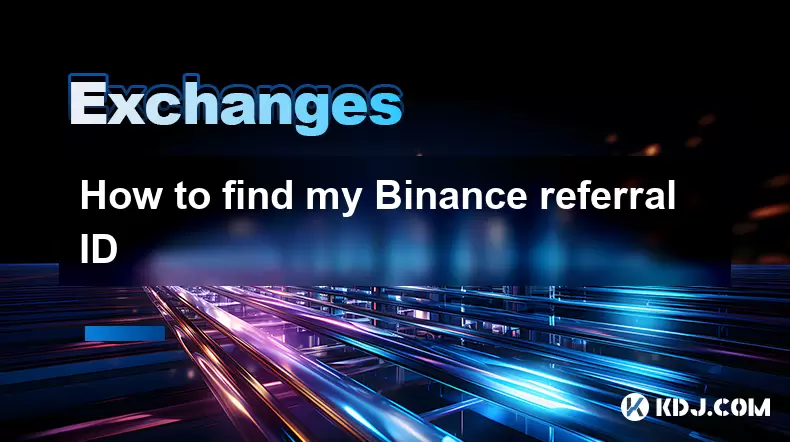
How to find my Binance referral ID
Jul 07,2025 at 06:29pm
What is a Binance Referral ID?A Binance Referral ID is a unique identifier assigned to each user on the Binance platform. This ID allows users to refer new traders to Binance and earn commissions from their trading fees. The referral program is an integral part of Binance’s ecosystem, encouraging community growth and rewarding active participants. Every...
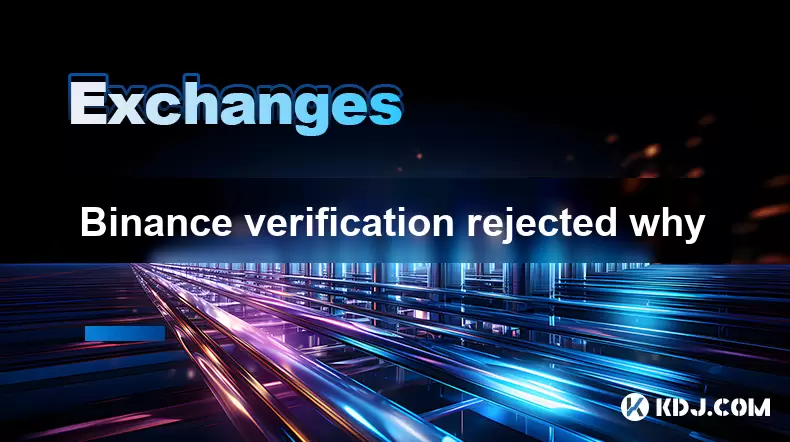
Binance verification rejected why
Jul 07,2025 at 06:57pm
Understanding Binance Verification RejectionIf your Binance verification was rejected, you're likely searching for answers on why this happened and how to resolve it. Binance, as one of the world's largest cryptocurrency exchanges, requires users to complete identity verification to comply with Know Your Customer (KYC) regulations. When a verification r...

How to recover a lost Binance account
Jul 07,2025 at 09:07pm
What Happens When a Binance Account Is Lost?Losing access to your Binance account can be a distressing experience, especially if you hold significant digital assets. This typically occurs due to forgotten login credentials, loss of two-factor authentication (2FA) devices, or compromised accounts. Understanding the exact reason behind losing access is cr...

How to trade options on Binance
Jul 08,2025 at 04:35am
Understanding Options Trading on BinanceOptions trading allows investors to speculate on the future price of an asset without owning it. On Binance, users can trade crypto options, which are derivative contracts that give traders the right—but not the obligation—to buy or sell a cryptocurrency at a predetermined price before a specific date. This form o...

How to read Binance charts
Jul 07,2025 at 08:14pm
Understanding the Basics of Binance ChartsReading Binance charts effectively is essential for making informed trading decisions in the cryptocurrency market. Before diving into technical indicators and candlestick patterns, it's important to understand the basic layout of a chart on the Binance platform. The default chart interface displays price moveme...

How to delete my Binance account
Jul 08,2025 at 06:35am
How to Delete My Binance AccountIf you're considering deleting your Binance account, it's important to understand the process thoroughly. Binance is one of the largest cryptocurrency exchanges globally, and permanently closing your account involves several steps. This guide will walk you through each necessary action to ensure a smooth deletion. Prepari...

How to find my Binance referral ID
Jul 07,2025 at 06:29pm
What is a Binance Referral ID?A Binance Referral ID is a unique identifier assigned to each user on the Binance platform. This ID allows users to refer new traders to Binance and earn commissions from their trading fees. The referral program is an integral part of Binance’s ecosystem, encouraging community growth and rewarding active participants. Every...

Binance verification rejected why
Jul 07,2025 at 06:57pm
Understanding Binance Verification RejectionIf your Binance verification was rejected, you're likely searching for answers on why this happened and how to resolve it. Binance, as one of the world's largest cryptocurrency exchanges, requires users to complete identity verification to comply with Know Your Customer (KYC) regulations. When a verification r...
See all articles

























































































